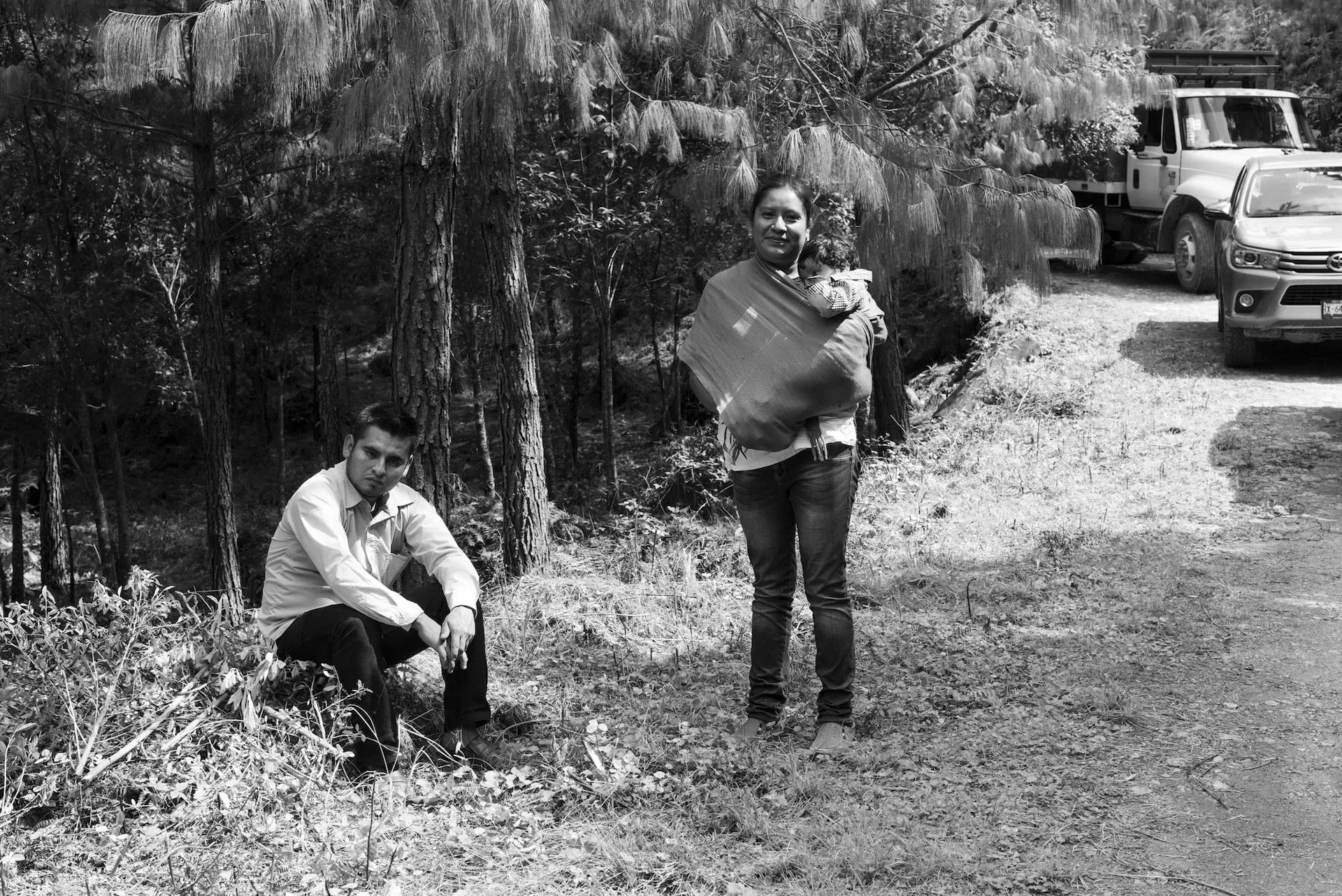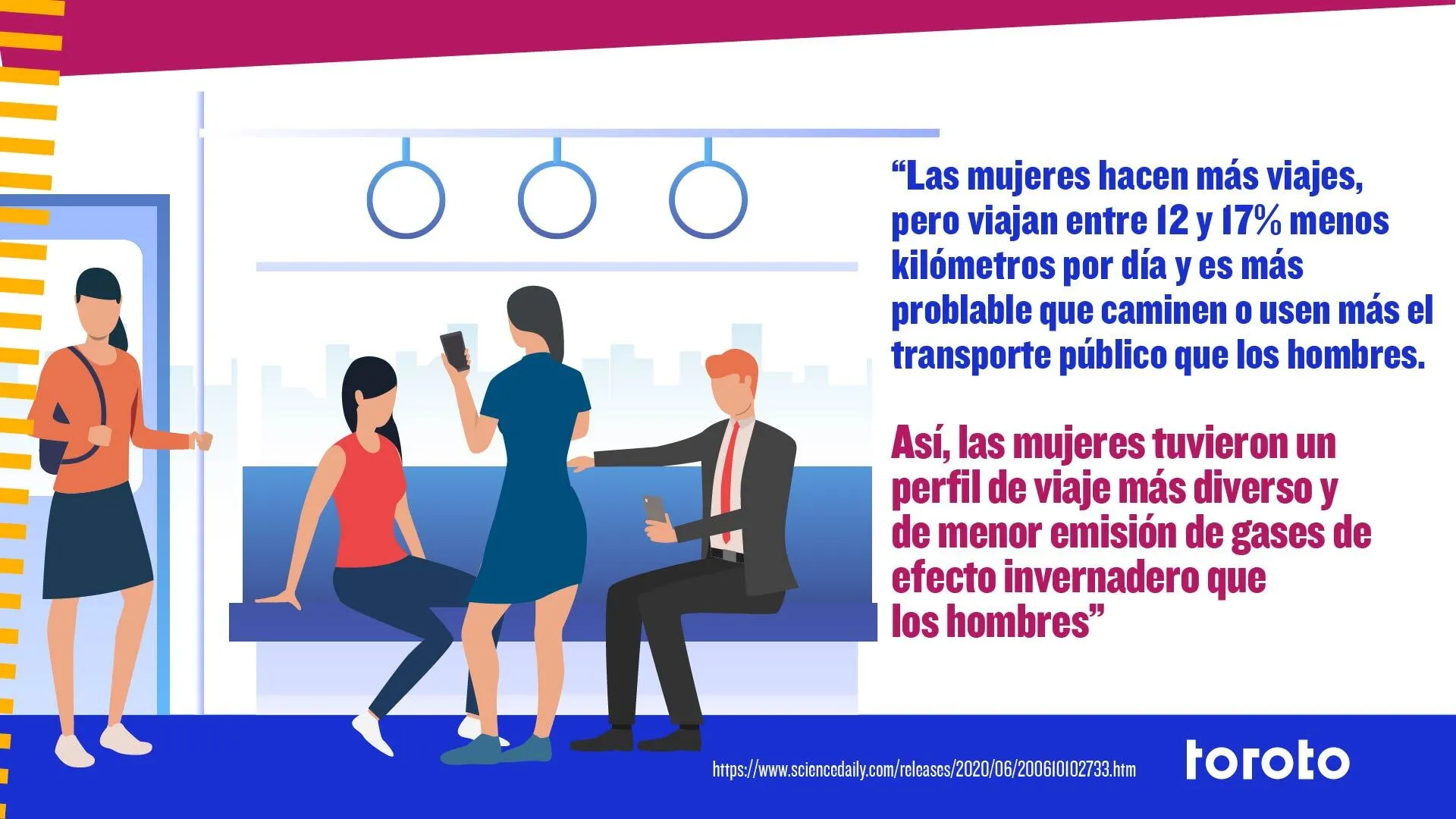The environmental crisis and the gender divide



A study conducted in 2012 by Social Science Research In the United States, she discovered that it is women in positions of power who demonstrated extensive scientific knowledge on the subject, they were also the most environmentally aware and sought to advocate for the environment, unlike men.
Is this cliché true? Do women care more about doing something about it when it comes to the environment? Why is that so?
The market research firm Mintel says that this is the result of green marketing. Most “eco-friendly” products are aimed at women, so men won't notice this problem in the least. This phenomenon was called the “green gap”.
In modern society, some feminists disagree with considering women as the only natural caretaker of the earth.
The funny thing, which isn't so funny, about this is that this is the real reason why men don't care about the environment, because it's too feminine to care.
The fear that a “green brand” will be perceived as gay is unacceptable, but studies confirm that this is the problem.
Sustainability should be unisex. Dot. Why should gender roles have anything to do with it?
However, when men show interest in the environment, they cite the science behind or the economic losses caused, while women express their concerns from a place of ethical responsibility and environmental justice.

A recent study in New Zealand confirms this. Researchers found that women have a lower carbon footprint when it comes to using transportation.
So, in terms of policy-making, does this mean that we have to plan differently when we look at transportation, to create gender-friendly incentives?
The researchers concluded this: New Zealand needs to analyze men and see what it will do to reduce their carbon footprint in means of transport.
But more than being gender-sensitive, we need to go deeper.
When it comes to environmental degradation, this also has different consequences between men and women.
A study conducted by the International Union for Conservation of Nature (IUCN), demonstrated that environmental degradation can lead to gender-based violence such as sexual assault, domestic violence and forced prostitution.
Let's analyze an example: sex for fish
In some parts of East and South Africa, there have been conflicts due to lack of resources and as a result of these, certain practices have emerged in which fishermen force them to exchange sex for fish. This is where overfishing has led us...
Thanks to the impact of climate change, women and girls have to walk farther to pick up water, food or wood, another thing that exacerbates the risk of gender-based violence.
This isn't about men doing less or women doing more. It's not about how our carbon footprints differ.
It's about changing our cultures towards a vision of sustainability, where gender matters and where we recognize that environmental degradation leads to gender-based violence.
The gender divide and the environmental crisis go hand in hand. So, when we think about our individual actions, we have to take gender into account.
Sources:
Hudson, John. “Men Are Basically Terrible for the Environment”. The Atlantic. 2012. https://www.theatlantic.com/national/archive/2012/04/men-are-basically-terrible-environment/329784/
Hunt, Elle. “The eco gender gap: why is saving the planet seen as women's work?” The Guardian. February 6, 2020. https://www.theguardian.com/environment/2020/feb/06/eco-gender-gap-why-saving-planet-seen-womens-work
“Women generate lower travel-related greenhouse gas emissions”. Science Daily. June 10, 2020. https://www.sciencedaily.com/releases/2020/06/200610102733.htm
“Environmental degradation driving gender-based violence - IUCN study”. January 29, 2020. https://www.iucn.org/news/gender/202001/environmental-degradation-driving-gender-based-violence-iucn-study
Monica Lafon is an independent environmental journalist. He obtained his degree in Journalism and Political Science from Concordia University and his master's degree in Environmental Policy from Sciences Po Paris.
-xxx-
Explore reflections, research and field learning from our work in ecosystem restoration.